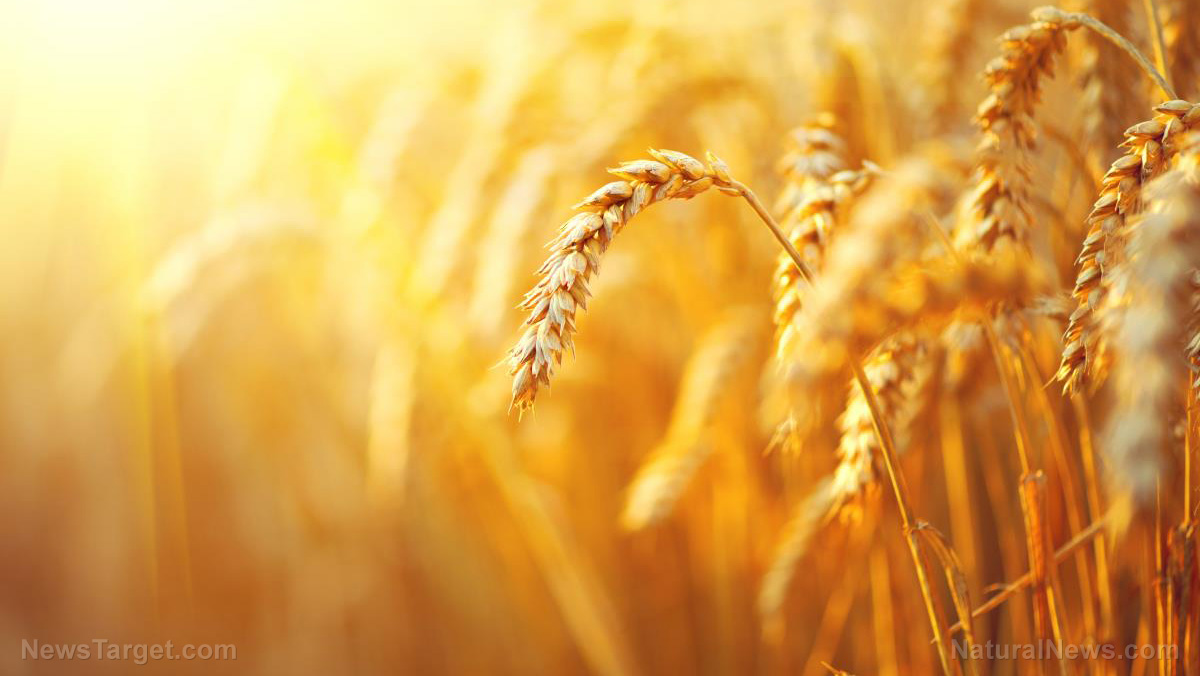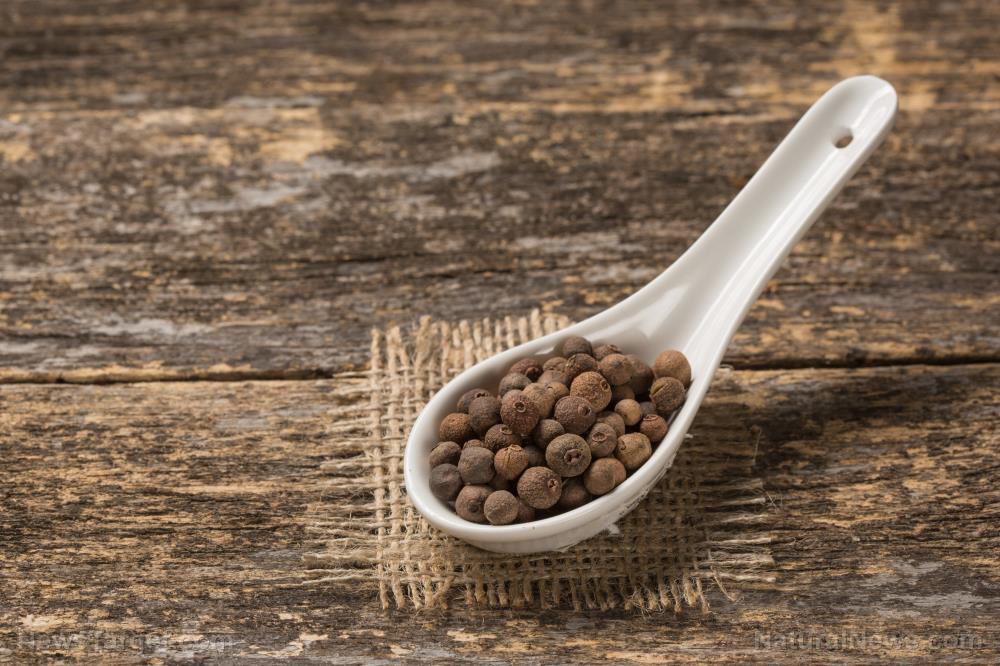
The difference between Buck and most barley grains is the presence of a cover called a hull, which is the outer layer of the grain. Unlike other barley grains, Buck's hull doesn't hang on to the grain, and instead simply falls off during harvest. This is what causes its naked look and helps it preserve not only all of the nutrient-rich bran but also the status of being a whole grain.
In a typical harvest, food manufacturers will grind off the hull from barley grains in order to produce what they call pearled barley. This method is useful but it results in the removal of some parts of the brain; pearled barley is not a whole grain anymore. Buck barley eliminates the need for any grinding because there's no hull to begin with, which also means all of the nutrients are kept in place.
According to Patrick Hayes, a crop scientist and part of the Oregon State University (OSU)'s Barley Project, his team tried to give a new life on an ancient barley, and they succeeded with smiles on their faces. "Even barley geneticists try to have a sense of humor," he said.
The research team's idea was based on taking two different types of barley and creating a better one out of them after combining them. So they took two barley varieties -- one from Oregon and another one from Virginia -- and found that each of them contributed to the resulting final product. The barley variant from Oregon contributed desirable traits such as disease resistance, while the one from Virginia contributed the naked factor.
Upon evaluating and analyzing the new Buck barley variety, the researchers found that it was able to achieve high yields while also flourishing with less fertilizer and water than its not-so-distant cousin, wheat. Buck was also found to be a good multi-use barley, meaning that it could be used for not just human food but also animal feed and even beer.
"It's so satisfying to have a beer made from the barley you've helped develop -- and eat it too!" said Hayes. At the moment, the OSU research team is working closely with industry colleagues and other academics in order to develop beer recipes based on Buck. A couple of breweries are said to be working on it already and may be delivering the goods very soon.
Buck has shown itself to be a great type of barley particularly because it has a modest beta-glucan level, according to the researchers. This is what makes it appropriate for use in food, feed, and even brewing needs. It is said that if the beta-glucan level is too high, things could get complicated for brewers as well as for animal nutrition. So in other words, the beta-glucan level in Buck is simply just right.
Read more about innovations related to farming in Harvest.news.
Sources include:
Please contact us for more information.






















